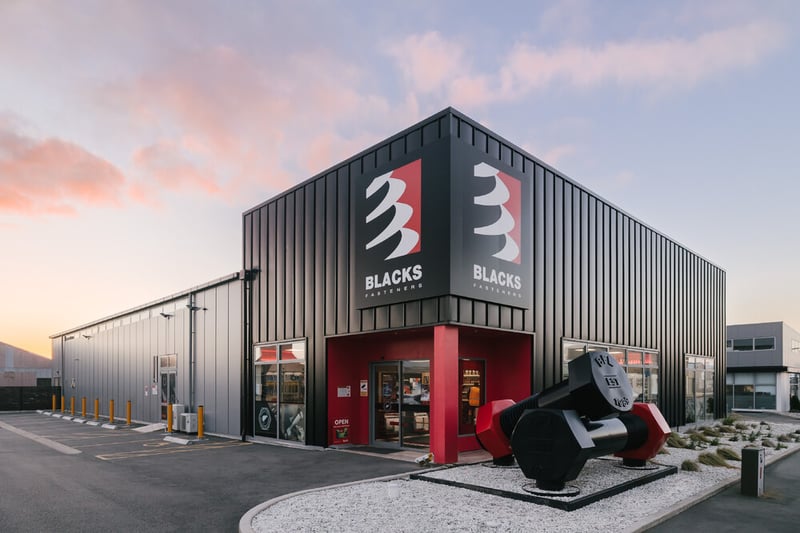

Related Posts

Commercial properties
Are PIR Panels Worth It for Your Commercial Build?
Discover why PIR panels are a top choice for NZ industrial buildings, offering superior fire ...
Read More
Commercial properties
Did Your Geotech Just Recommend Piles? Here’s What They Might Not Be Telling You
Learn how to handle poor ground conditions in NZ with cost-effective piling solutions and ...
Read More
Commercial properties
Roll-Formed vs. Structural Steel Buildings: Which Is Right for You?
Compare roll-formed and structural steel buildings to determine which system best suits your ...
Read More.png?width=800&height=450&name=compare%20contractors%2c%20pricing%2c%20and%20proposals%20blog%20(1).png)

